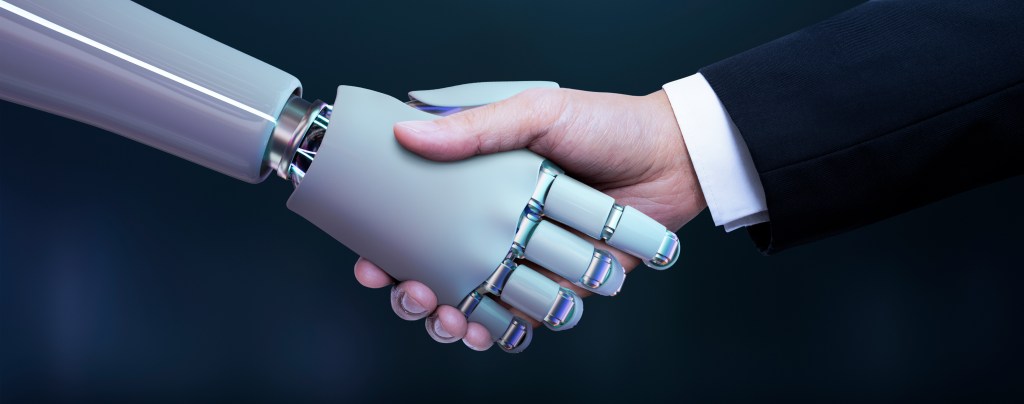
While we should assume that big and small businesses would understand the importance of clean text in their media and publications, a surprising decline in our language is increasingly evident when we navigate online posts by businesses of all sizes.
Social media has grown from a platform for informal communication and personal interactions into a vital business tool. It has become essential to marketing strategies, customer engagement, brand awareness, and so much more. However, with great power comes great responsibility, and one area businesses must not overlook in their social media management is the quality of their language, particularly spelling and grammar.
The significance of proper spelling and grammar in business communication cannot be overstated. In this post, we’ll explore why these seemingly minute details can critically impact your business image and have potentially negative consequences if neglected.
The Power of First Impressions
One of the reasons proper spelling and grammar are crucial in business social media posts is because they greatly influence first impressions. When a potential customer, client, or partner sees your posts, they quickly form an opinion about your business based on the content you share, and that includes the language you use. Grammatical errors, incorrect spelling, and poor syntax can lead to negative first impressions. They may perceive your business as sloppy, unprofessional, or careless — not the kind of qualities one seeks in a reputable company.
Credibility and Trustworthiness
Consistently using proper grammar and spelling in your social media posts is a simple way to enhance your credibility. Correct language use suggests a level of professionalism, attention to detail, and competence. On the other hand, habitual errors can undermine your authority in your field and cast doubts on your expertise. If you can’t be trusted to spellcheck a simple post, how can clients trust you with their complex needs?
Communication Clarity
Spelling and grammar rules exist to aid clear and effective communication. Incorrect spelling and poor grammar can lead to misunderstandings, confusion, and misinterpretation. In a business setting, this can be problematic. For example, a promotional post with a grammatical error might convey a completely different message than intended, potentially leading to lost sales or negative customer feedback.
Customer Perception and Engagement
In today’s highly competitive market, customer perception of your brand matters. Poor spelling and grammar can reflect badly on your brand image, making it seem as though you don’t value quality or precision. Moreover, well-crafted posts tend to attract more engagement, increasing the likelihood of shares, comments, and likes, all of which can help boost your brand visibility and customer interaction.
The Impact on SEO
Did you know that poor grammar and spelling can also affect your SEO (Search Engine Optimization) ranking? Search engines like Google are known to prioritize high-quality content. Therefore, posts riddled with grammatical errors and spelling mistakes are less likely to appear in top search results, making it harder for potential customers to find you.
In conclusion, good spelling, grammar, and diligent spellchecking in business social media posts are not just about being pedantic; they are about maintaining a professional image, enhancing credibility, ensuring clear communication, positively influencing customer perception, and even affecting your online visibility. Sloppy writing can lead to a cascade of negative consequences, inadvertently hurting your business.
Consider using grammar and spelling tools, proofreading your posts, or even hiring professional copywriters or editors to ensure your social media posts are up to par. Remember, the way you present your business online can have a significant impact on your success.

